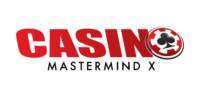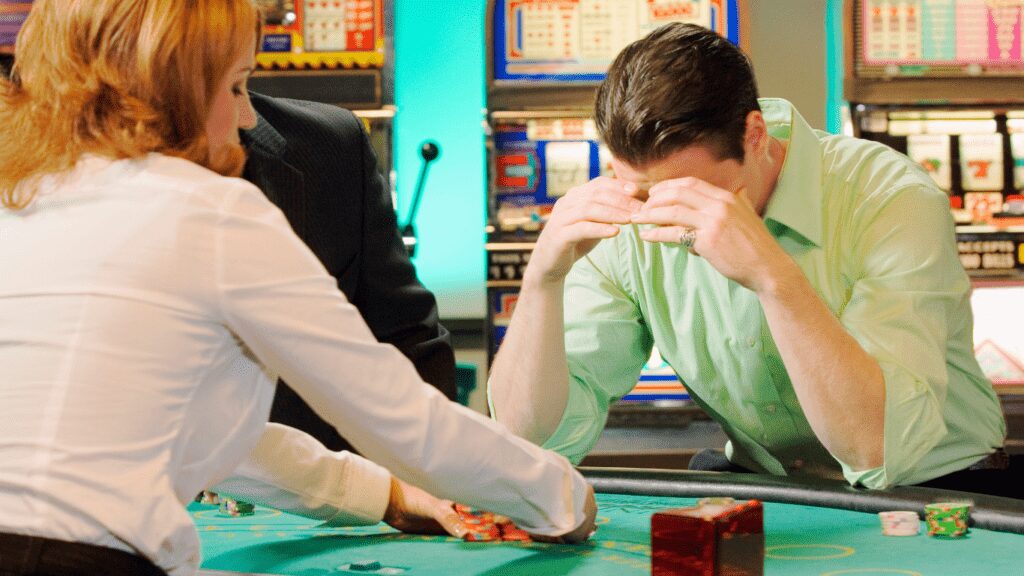Understanding the Journey: From $100 to High Roller
Scaling a bankroll from $100 to high-roller levels requires deliberate planning and focus. I prioritize setting clear goals to anchor my decisions throughout the process. Every decision aligns with these goals, ensuring consistent progress and minimizing impulsive risks.
Discipline defines the path to growth. I allocate my funds into specific portions, often adopting a percentage-based risk structure. For example, risking no more than 1-2% of the total bankroll per stake or investment creates a safety buffer against major losses. This method protects my capital while still allowing opportunities for gains.
Consistency ensures momentum. I avoid large, erratic bets or investments that could destabilize the bankroll. Instead, I look for consistent, smaller opportunities that collectively build significant growth over time. Whether it’s steady poker plays or incremental market investments, predictable actions yield sustainable results.
Adaptability strengthens the strategy. As the bankroll grows, I adjust my risk tolerance and thresholds. For instance, I refine my percentages or diversify my approach to align with my new financial position. These adjustments help me manage challenges that come with larger stakes and higher expectations.
Patience supports the entire journey. I focus on the long-term picture, celebrating small milestones without losing sight of sustained progress. By sticking to the plan and remaining focused on the discipline of scaling, I stay on track to transition from $100 to high roller status.
Setting a Solid Foundation
Establishing a strong starting point enables steady bankroll growth. I prioritize
- clear objectives
- risk management
- suitable platform
Defining Your Goals and Timeline
Setting specific goals determines direction. I define both short-term and long-term goals, ensuring they’re realistic and measurable. For example, growing a $100 bankroll by 20% in one month is achievable, while aiming for $10,000 in the same period isn’t practical. A timeline creates accountability and helps track progress. Short timelines focus on immediate growth, while long ones emphasize consistent scaling over months or years.
Managing Expectations and Risks
Balancing ambition with caution protects the bankroll. I keep expectations grounded, acknowledging that losses will occur as part of the process. A 1-5% risk per session minimizes losses while permitting gradual growth. For instance, betting $3 on a $100 bankroll matches this risk range. I avoid emotional decisions and focus on data-driven adjustments to maintain discipline.
Choosing the Right Starting Platform
The right platform provides tools for scaling safely. I select platforms with low minimums, transparent fees, and reliable security. For example, poker apps with $1 buy-ins or trading platforms with fractional shares are ideal for smaller budgets. Researching user reviews and payout histories helps ensure platforms align with my goals. A trustworthy platform fosters consistent progress by reducing external risks.
Implementing a Bankroll Management Strategy

Managing your bankroll strategically ensures disciplined growth and reduces unnecessary risks. I focus on allocation, sizing, and flexibility to achieve sustainable financial progress.
Allocating Your Initial $100 Effectively
- I break down the $100 into smaller, manageable portions to avoid risking too much at once. For example, I designate 1-5% of my total bankroll, or $1 to $5 per session, depending on risk tolerance.
- This reduces the chance of losses damaging my overall capital.
- Platforms offering lower entry points are ideal for maximizing playtime while conserving resources.
Determining Bet Sizes and Limits
I adhere to consistent bet sizing to maintain control over my spending. For each bet, I keep it within 1-2% of my bankroll, ensuring calculated risks rather than impulsive decisions. By setting session limits—for instance, stopping after a 10% loss or a 15% gain—I protect my progress while avoiding unnecessary emotional decisions.
Adapting Your Strategy as You Grow
As the bankroll increases, I adjust risk percentages to align with the larger total. If my bankroll reaches $500, I reassess bet size, perhaps increasing to $10 per session within safe limits. I remain flexible, shifting approaches depending on trends, new platforms, or shifting opportunities, ensuring continuous momentum.
Safe Practices for Scaling Your Bankroll
Scaling a bankroll requires balancing calculated risks with disciplined decision-making. Employing safe practices ensures long-term growth while minimizing potential setbacks.
Minimizing Risks While Maximizing Returns
I allocate a fixed percentage of my bankroll per session, sticking to 1-5% to balance risk and growth. For instance, with a $100 bankroll, I cap individual session exposure to $5. This strategy safeguards against heavy losses while enabling consistent progression.
I diversify investments or bets by selecting low-variance options. For example, in poker or sports betting, I target opportunities with favorable odds where outcomes are less volatile. By focusing on high-value, low-risk opportunities, I optimize my returns over time without jeopardizing my funds.
Identifying and Avoiding Common Pitfalls
Common pitfalls often derail bankroll scaling. Impulsive decisions like chasing losses or exceeding session limits can erode funds quickly. I remain disciplined by strictly adhering to pre-set limits, even after consecutive losses.
Lack of preparation is another common issue. I research strategies, assess market trends, or practice relevant skills before committing money. For instance, in blackjack, understanding basic strategy reduces reliance on luck and minimizes errors.
Overconfidence can also lead to overextending bets. I consistently reassess my performance without assuming continued success, ensuring I don’t risk more than planned after a winning streak.
Knowing When to Walk Away
Walking away protects capital and mental clarity. I exit sessions when hitting established win or loss thresholds, typically 10% of the total bankroll. For example, with $100, I stop if I gain or lose $10 in a session.
Recognizing emotional states is equally vital. I step away if I’m frustrated or fatigued to avoid making irrational decisions that could result in unnecessary losses. This approach ensures I maintain a focused and clear mindset for future opportunities.


 Jaxon Waters is a tech-driven gambling strategist and co-founder of Casinomastermindx.com. With a strong background in data analytics and online gaming systems, he blends technology and casino expertise to deliver sharp insights into digital gambling trends and innovations.
Jaxon Waters is a tech-driven gambling strategist and co-founder of Casinomastermindx.com. With a strong background in data analytics and online gaming systems, he blends technology and casino expertise to deliver sharp insights into digital gambling trends and innovations.